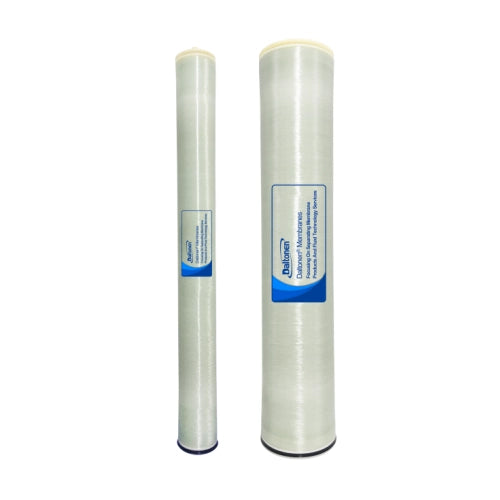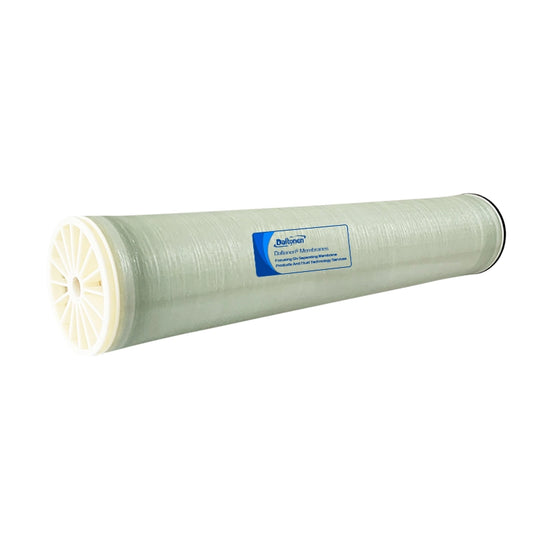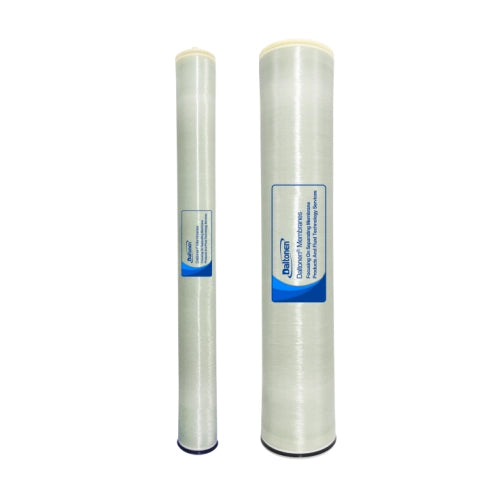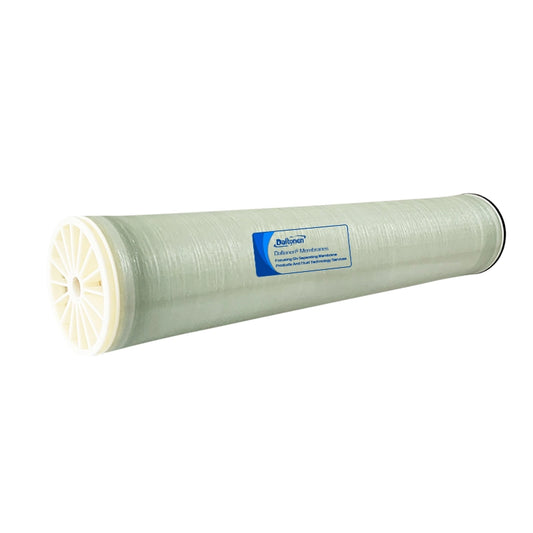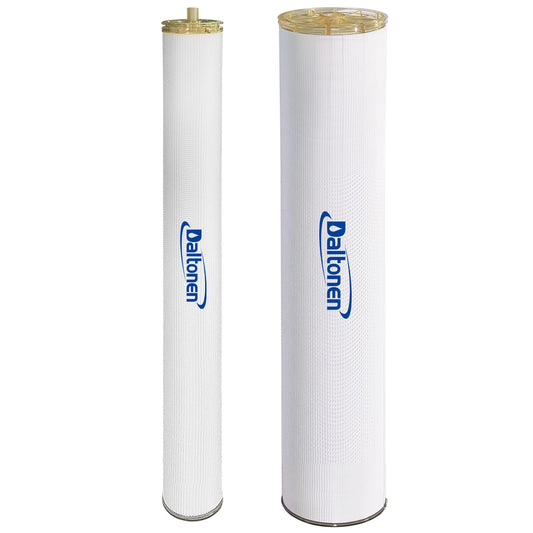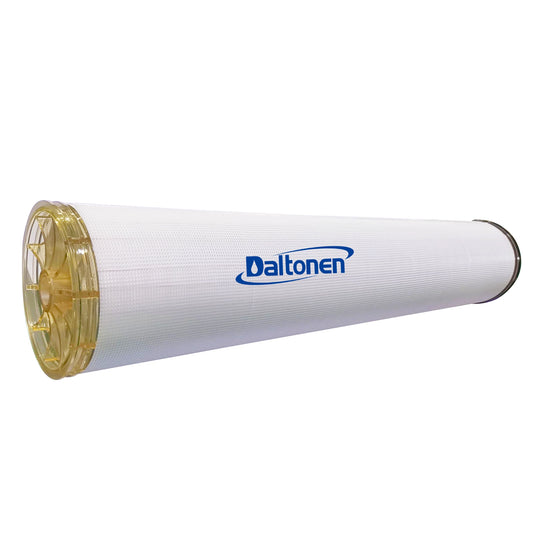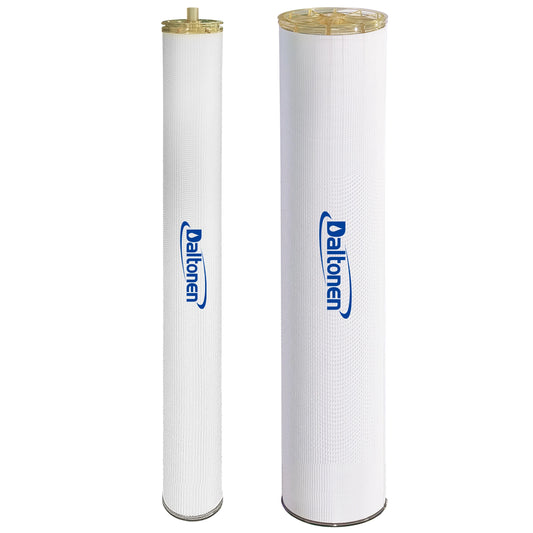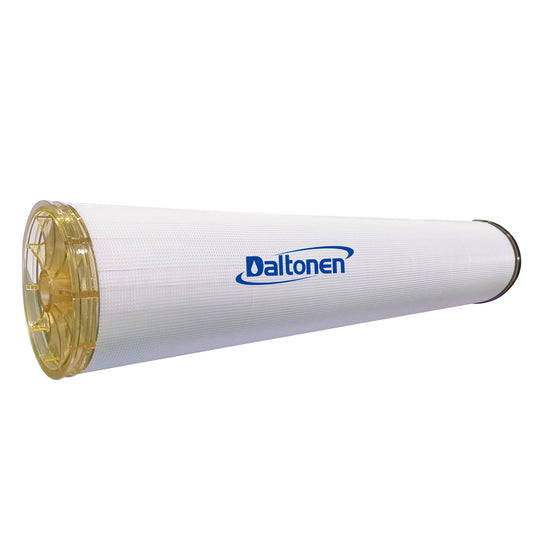Design Scheme for the MBR Process Unit in Landfill Leachate Treatment
1.0 Design Basis and Inlet/Outlet Water Objectives
-
Influent Quality: Based on the characteristics of typical mature landfill leachate.
-
CODcr: 5,000 - 15,000 mg/L
-
BOD5: 2,000 - 5,000 mg/L
-
NH3-N: 1,000 - 3,000 mg/L
-
TN: 1,500 - 4,000 mg/L
-
SS: 500 - 2,000 mg/L
-
-
Treatment Objectives: Ensure the effluent from the MBR system meets the inlet requirements for subsequent advanced treatment units (typically NF/RO).
-
CODcr: < 1,000 mg/L (Removal Rate > 90%)
-
NH3-N: < 50 mg/L (Removal Rate > 98%)
-
SS: Nearly complete removal
-
SDI15: < 5 (Providing high-quality feed water for Reverse Osmosis)
-
-
Core Function: Replaces the traditional secondary clarifier, achieving efficient biochemical degradation, nitrification/denitrification, and solid-liquid separation.
2.0 MBR Process Unit Design Flow
The flowchart below clearly illustrates the internal workings of the MBR system and its connections to upstream and downstream units, highlighting its core components and the differences between the two main types of membrane modules.
flowchart TD
subgraph MBRSystem[MBR System Core Unit]
direction TB
A[Influent from Anoxic Tank] --> B[MBR Bioreactor<br>with submerged membrane modules];
B --> C[Membrane Suction Pump];
C --> D[MBR Permeate<br>to NF/RO System];
subgraph MembraneModule[Membrane Module Unit]
E[“<b>External (Side-Stream)</b><br>Recirculation Pump<br>Skid-mounted membrane unit”]
F[“<b>Internal (Submerged)</b><br>Aeration System<br>Membranes submerged in tank”]
end
B -- Mixed Liquor Recirc --> E;
E -- Concentrate Return --> B;
F -- Directly Submerged --> B;
end
subgraph Auxiliary[Auxiliary & Support Systems]
G[Blower<br>Provides Aeration] --> B;
H[Cleaning-In-Place System<br>CIP] --> E & F;
I[Excess Sludge Discharge<br>to Sludge Treatment] --> B;
endStep-by-Step Process Explanation:
-
Influent and Biochemical Reaction:
-
The pre-treated leachate (e.g., after coagulation/precipitation, ammonia stripping) enters the MBR bioreactor. This tank is typically divided into an anoxic zone and an aerobic zone.
-
Anoxic Zone: Denitrification occurs here, converting nitrate-nitrogen (NO₃⁻-N) from the recycled mixed liquor from the aerobic zone into nitrogen gas (N₂), achieving Total Nitrogen (TN) removal.
-
Aerobic Zone: Degradation of organic matter (carbonaceous BOD removal) and nitrification of ammonia nitrogen (conversion of NH₃-N to NO₃⁻-N) take place. A high concentration of Mixed Liquor Suspended Solids (MLSS) is maintained, typically controlled between 12,000 - 18,000 mg/L.
-
-
Membrane Separation Unit (Core):
-
Configuration Selection:
-
Internal/Submerged MBR: The membrane modules are directly submerged in the end of the aerobic tank. Aeration at the bottom of the membrane tank creates vigorous scouring to prevent membrane fouling. Permeate is extracted through the membrane pores via a suction pump under negative pressure. This is the mainstream process for leachate treatment.
-
External/Side-stream MBR: The membrane unit is separate from the bioreactor. Mixed liquor is circulated at high velocity across the membrane surface via a recirculation pump. This configuration offers high anti-fouling capability due to the high cross-flow velocity but has relatively higher energy consumption.
-
-
Separation Process: The membrane pore size is typically in the range of 0.01 - 0.1 µm (Microfiltration/Ultrafiltration), effectively retaining all suspended solids, colloids, bacteria, and macromolecular organics. The produced permeate is clear and can be directly fed to subsequent Nanofiltration (NF) or Reverse Osmosis (RO) systems.
-
-
Key Auxiliary Systems:
-
Aeration System: Divided into biological aeration and membrane scouring aeration. Biological aeration provides oxygen for microorganisms; membrane scouring aeration is critical for preventing membrane fouling and requires sufficient air flow to scour the membrane surface.
-
Recirculation System: Includes nitrified mixed liquor recirculation (from the aerobic zone to the anoxic zone) and sludge recirculation (from the membrane zone to the front end of the bioreactor) to maintain biochemical reaction balance and high biomass.
-
Cleaning-In-Place (CIP) System: Regular maintenance cleaning and recovery cleaning are performed using sodium hypochlorite (for organic fouling) and citric acid or oxalic acid (for inorganic scaling) to restore membrane flux.
-
3.0 Core Design Parameters and Equipment Selection
|
Parameter/Equipment |
Design Values and Selection Criteria |
|---|---|
|
Membrane Material & Type |
Priority given to Polyvinylidene Fluoride (PVDF) hollow fiber or flat sheet membranes. PVDF offers excellent fouling resistance and chemical stability. Submerged configuration is more common. |
|
Membrane Flux |
8 - 15 LMH (L/m²·h). Conservative flux design is adopted due to the complex nature of leachate, ensuring long-term stable operation. |
|
Transmembrane Pressure (TMP) |
Normal operating range 0.02 - 0.04 MPa. A sustained increase in TMP signals membrane fouling and should trigger the cleaning protocol. |
|
MLSS Concentration |
12,000 - 18,000 mg/L. High MLSS ensures high load degradation capacity but also demands higher requirements for aeration and fouling control. |
|
Sludge Retention Time (SRT) |
20 - 40 days or longer. Long SRT promotes the growth of slow-growing nitrifying bacteria, ensuring highly efficient ammonia nitrogen removal. |
|
Aeration Requirement |
Biological oxygen demand + Membrane scouring air demand. Membrane scouring air is critical, typically requiring an aeration intensity ≥ 0.6 Nm³/(m²·h) in the membrane tank. |
4.0 Scheme Advantages and Key Considerations
Advantages:
-
High Efficiency and Stability: Completely resolves issues like sludge bulking and washout common in traditional secondary clarifiers when treating leachate, producing consistently high-quality effluent.
-
High Volumetric Loading Rate: High MLSS allows for significantly smaller reactor volumes, reducing footprint.
-
Excellent Nitrogen Removal: Long sludge age provides a favorable environment for nitrifying bacteria, resulting in very high ammonia removal rates.
Key Considerations (Challenges & Countermeasures):
-
Membrane Fouling Control: This is the core challenge for stable MBR operation.
-
Countermeasures: Optimize aeration intensity, employ intermittent suction mode (e.g., 8 minutes on, 2 minutes off), and perform regular CIP.
-
-
Impact of High Salinity: High salt content in leachate can affect microbial activity.
-
Countermeasures: Acclimatize salt-tolerant microbial strains through long SRT operation to maintain system stability.
-
-
Operational Costs: Aeration energy consumption and membrane replacement are major cost components.
-
Countermeasures: Select high-efficiency diffusers and energy-efficient blowers, optimize operational protocols, and extend membrane lifespan.
-
5.0 Summary
The MBR process unit is an indispensable core component of modern landfill leachate treatment plants. Its successful application relies on appropriate membrane selection, precise aeration control, and strict membrane fouling prevention strategies. This scheme provides a professional technical framework for building an efficient, stable, and reliable leachate MBR system. In practical engineering, pilot testing based on specific water quality is recommended to optimize the various design parameters.
